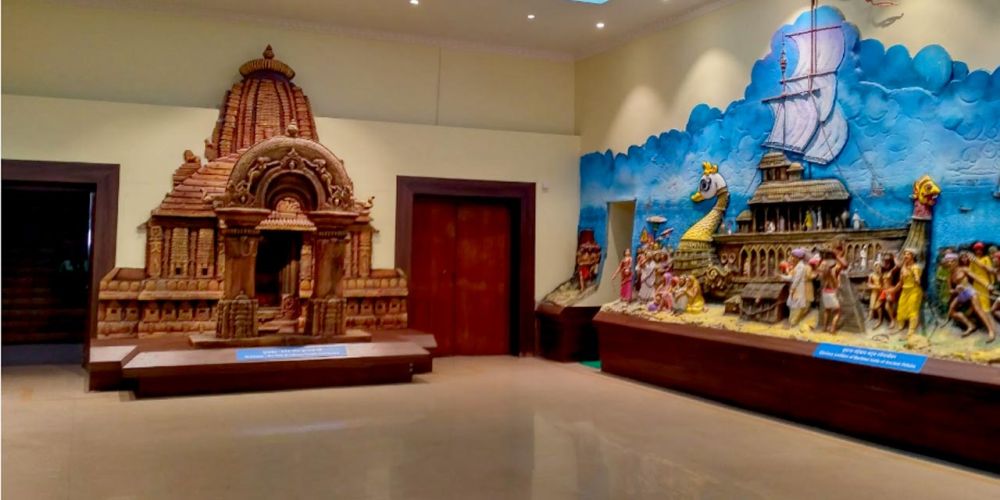

Located in the heart of Bhubaneswar, the capital city of Odisha, India, the Odisha State Museum offers a rich tapestry of the state's cultural heritage, history, and art. Established in 1932 by two noted historians, Professor N.C. Banerjee and Professor Ghanshyam Dash of Ravenshaw College, the museum started as a modest collection of archaeological treasures and ancient artifacts accessible to the public.
The tourism history of the Odisha State Museum is interlinked with the broader tourism development in Odisha. Post-independence, the Government of Odisha recognized the vast potential for cultural tourism in the state. Efforts were made to preserve and promote the rich heritage, which led to enhancements in the museum facilities and the addition of new galleries to attract more visitors.
Initially, the museum's exhibits were housed within the Ravenshaw College premises. However, with the increasing number of collections and to make it more accessible to a wider audience, the museum was later shifted to a new building in 1960, where it stands today. The modern-day museum complex has developed over time and now comprises multiple galleries dedicated to archaeology, numismatics, weaponry, art and craft, and more.
Throughout the years, the Odisha State Museum has garnered attraction not just from domestic travelers but also international tourists, who are keen to explore the state's rich historical and cultural past. It has become one of the must-visit destinations for anyone traveling to Bhubaneswar.
Over the recent years, the Odisha State Museum has been part of the broader trend in digitalizing and promoting heritage through virtual tours and online galleries. This initiative allows people from across the globe to explore the museum's exhibits virtually, thereby increasing its accessibility.
The tourism sector has also seen a shift towards sustainable and responsible tourism practices, with more focus on preservation and minimizing the carbon footprint. Tourists visiting the museum are made aware of the ecological impact and the importance of sustaining the cultural integrity of the place.
Interactive and educational experiences, such as workshops and seminars on the state's history and culture, have also become a part of the museum's offering, complementing the static displays and engaging the younger audience in particular.
Recently, the Government of Odisha has been actively promoting the state's heritage through various festivals and events that showcase the rich tapestry of Odisha's arts, crafts, and dance forms, with the Odisha State Museum playing a pivotal role in these cultural promotions.
Moreover, the focus on thematic tourism that revolves around specific interests such as art, history, or spirituality, has seen the Odisha State Museum emerge as a focal point for art and history enthusiasts. It provides detailed insights into the ancient Kalinga empire and the region's socio-cultural evolutions over thousands of years.
With its wealth of artifacts and a commitment to preserving the state's legacy, the Odisha State Museum stands as a testament to Odisha's commitment to its past and a window into its vibrant culture. Its role in the tourism industry continues to evolve, adapting to modern demands while upholding the essence of the state's rich heritage.